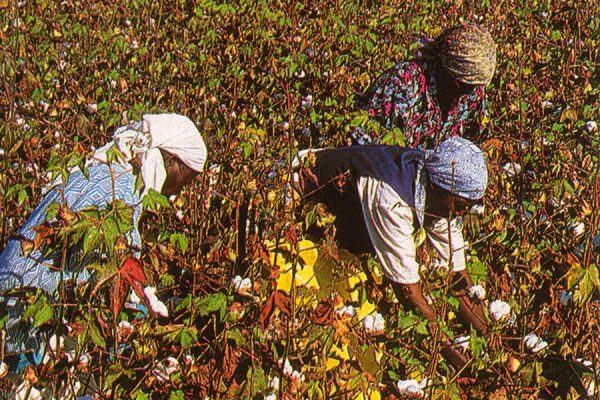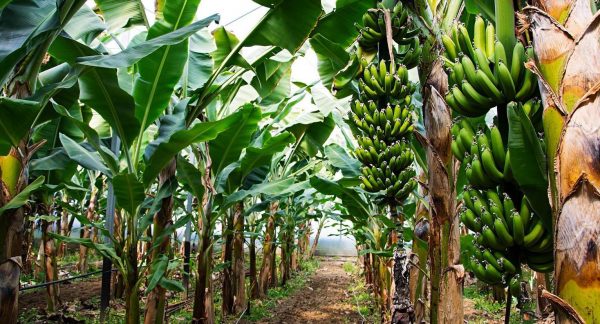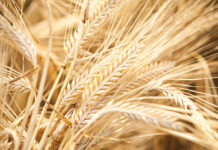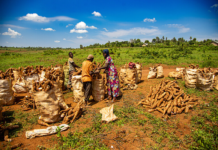The Pfumvudza agricultural cotton scheme in Zimbabwe is targeting 520, 000 households in marginalized areas in bid to increase production.
Following the successful roll-out of the scheme on maize and other small grains in the past two summer cropping seasons, Lands, Agriculture, Water, Fisheries and Rural Resettlement Minister, Dr Anxious Masuka said the scheme will be rolled out to benefit at least 521 000 households as Cottco Zimbabwe was a catalytic agent for rural development and industrialization. At least 387 000 households benefited from inputs under the Presidential Cotton Inputs scheme last season while tonnage remained below a tonne per hectare.
” President Mnangagwa is emphasising under Vision 2030 that no one and no place should be left behind and all our agricultural projects and activities must be centred on the household and village. Zimbabwe is an Agro-based economy and it is through agriculture that we uplift the poor and mainstream them into the main economy for them to participate in Vision 2030,” said Dr Anxious Masuka.
Presidential Input Schemes
“This is why we have eight Presidential Input Schemes, hence cotton production which has led to the growth of many areas into towns including Gokwe is part of the President’s Vision for development to be promoted. We will introduce the Pfumvudza Cotton Input Scheme which will see more families benefit from cotton inputs but reduce the area planted. We learnt that high yields on small portions are possible through Pfumvudza,” he added.
Through the new scheme, the Government will distribute inputs proportionally hence adjusting seed and other inputs to suit the number of fertilisers which is the most costly input in farming production.
“We are targeting 100 percent Pfumvudza cotton this year. A bag of cotton seed will be reduced to 10kg per household and the savings will support an additional 100 000 households thus benefiting a total of at least 520 000 households up from 387 000 out of the same inputs given last year. We then expect to reach at least 250 000 to 300 000 metric tonnes,” said Dr Masuka.








